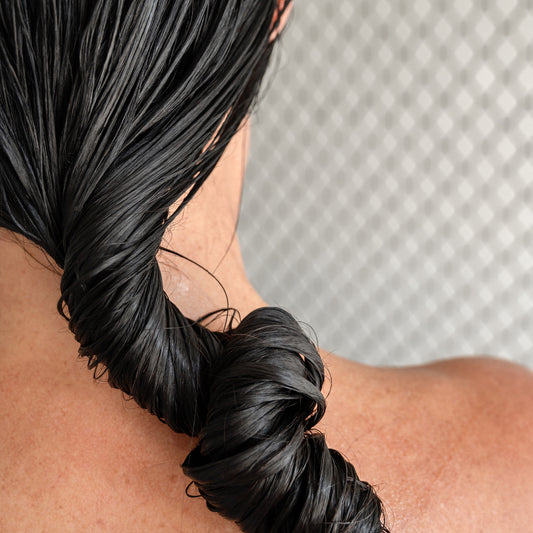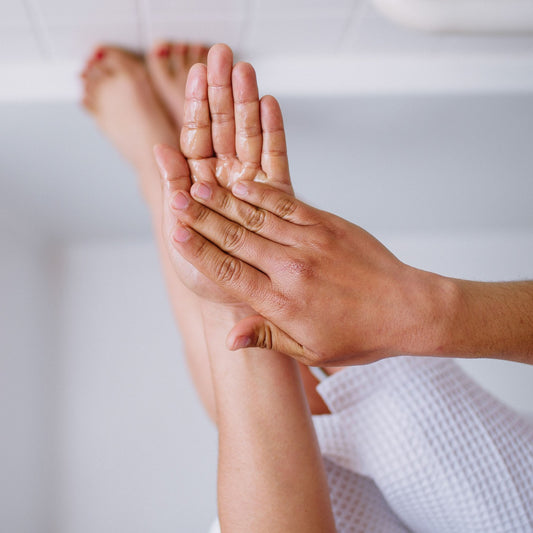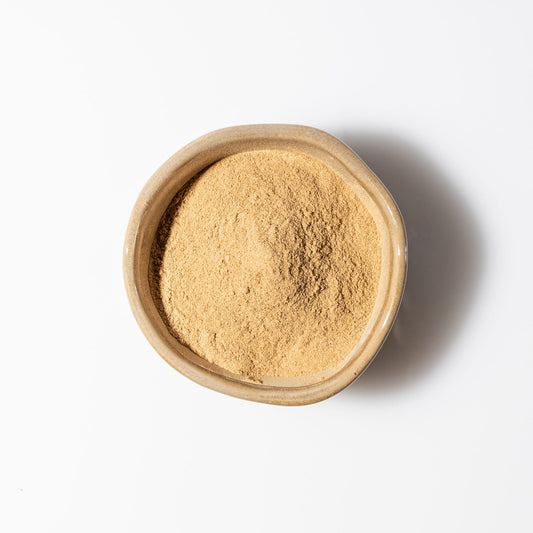Hair is very individualized. Wavy. Curly. Silky. Straight. Full Bodied. Frizzy. Thin. Black. Brown. There are countless ways in which our hair is special and specific to each one of us. Most of us would agree that our hair and how we wear it is a vital part of our identities. It's so personal that I can empathize with my patients who are devastated by changes like hair loss and hair thinning.
Hair is also biologically important as an insulator. It turns out that people can lose approximately ten percent of their body heat through their heads.1 So, there's no question that hair is important socially and biologically. But it gets even more compelling when you bring in the nuances of hair and how this ties in with the whole body.
From an
If you normally have beautiful locks of curly hair that are now becoming thinner or having split ends, that is vikriti showing you where an imbalance in the doshas has started to emerge. The health and imbalances of your hair can even offer some clues about the health of your skin and your overall state of being. Here's how
Vata-Type Imbalance
Characteristics: Dry, Frizzy, Thin, Split-ends, Unruly, Hair Thinning, Hair Loss
The vata doshais responsible for movement and motion. In balance, vata hair is naturally thin and can grow quickly. It tends to be harder to style and may require extra help, like gel. As an example, it's the type of hair that will grow out straight initially but then becomes curly and unruly as it lengthens (speaking to

Vata imbalances are associated with dryness and nutrient depletion. Vata-imbalanced hair is a clue that the skin has vata imbalances too. This means that the skin may have more flaking and dryness. When the skin does not have much oil production, the hair does not have as much of the skin's oils for lubrication. This leads to hair that has less luster, more frizz, and ends that are not as strong and can split. Studies have shown that deficiency in nutrient stores, such as iron, can lead to hair thinning,2 which would be considered a vata type imbalance.
One characteristic of vata imbalance in the hair is that it becomes thinner and shorter. One of the notions in Ayurveda is that with aging, everyone transitions from
Pitta-Type Imbalance
Characteristics: Hair Thinning, Hair Loss, Loss of Color
The pitta dosha is responsible for the metabolic activity in hair. This includes the production of hair proteins and pigment. When healthy, pitta-type hair tends to be medium in thickness and straight in character. When pitta is out of balance, these factors start to change and can lead to premature thinning and loss of color. In some cases, when the pitta imbalance is high, there is actual hair loss or balding. Pitta-type imbalances typically have excess heat associated with them, which can cause damage to both the structure and color of the hair.
When thinking about the connection between hair and skin, pitta imbalances in the hair can be accompanied by redness, irritation, or scaling of the skin next to the hair.
Kapha-Type Imbalance
Characteristics: Thick, Heavy, Oily, Lifeless
The kapha dosha is responsible for the strength, structure, and lubrication of hair. Kapha-type hair is viewed as the most desirable when in balance as it is lustrous, thick, full, and shiny. However, when kapha is out of balance the hair becomes too oily, too thick, and appears heavy. If the imbalance is more pronounced, there can be a sweaty and greasy look to it.
In Ayurveda, imbalances in kapha can be a sign of poorly functioning
The skin of individuals with a kapha type hair imbalance includes excessive sweating and oiliness.
How to Think About Imbalances
When people refer to vata, pitta, or kapha type hair, they are referring to how the hair would look when it is in balance. On the other hand, vata, pitta, and kapha based imbalances can occur in anyone. For example, a person of a kapha dominant dosha can have a pitta imbalance, a vata imbalance, or a kapha imbalance. And, depending on the dosha that is out of balance, this can be reflected in the hair.
Perhaps more important is that there are very few people with imbalances that are purely vata, pitta, or kapha dominant. It is helpful to know what pitta, vata, and kapha imbalances look like, but our imbalances are more complex.
Many of us will have imbalances that include two or even all three of the doshas. The dominant dosha types should be used as a guide in understanding how people have blends of doshic imbalances rather than trying to label imbalances as solely one or the other.
How Are Imbalances Addressed?
When it comes to hair therapy, Ayurveda excels because it has a rich tradition of applying oils to the body, which lends well to hair care. Oils are easily absorbed into the scalp and massaged directly onto the hair. Oils are also used to pacify doshic imbalances or activate agni—especially when using warm oil.
Hair care is self-care and self-care is hair care, and the Ayurvedic approach can create a more holistic way of thinking about—and achieving—healthy hair.













